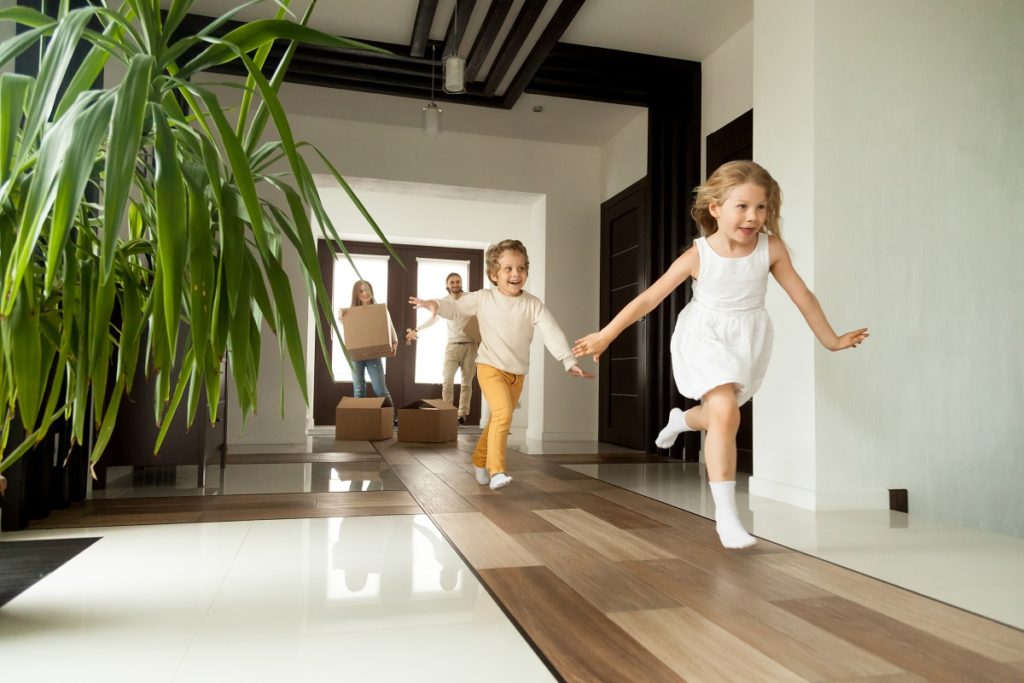Parents learn many things each day about raising their children around the house, so when they bring the little ones over to a friend’s or relative’s house for an extended visit, many opportunities may arise for some adjustments to be made. These tips will help any homeowner prepare their property to be more child-friendly.
Pay attention to the floors
If you’ve never had to deal with kids in the house, it’s easy to overlook how much time they spend on the floor. It’s not just the infants or toddlers who tend to get down on all fours – even when they learn to walk, kids think nothing of playing on the floor. After all, they aren’t very tall – from that perspective, the entire floor is a wide-open space to explore, and household furniture presents an opportunity to crawl under something and see what’s there.
All of this activity can be a source of amusement and exasperation, often at the same time – but it can also lead to long-term damage to those precious hardwood floors. Homeowners would be well-advised to cover most areas with carpets; modern rugs for the dining room are especially effective at protecting the floor from spills and stains caused by messy eaters. Naturally, regular cleaning of these surfaces is essential to prevent the accumulation of dirt and microbes, and maintain a healthy environment.
Improve ventilation and temperature
Another thing adults can take for granted when it comes to children living in the home are the effects of humidity and temperature. We grow more resilient as we age, and if the thermostat’s set to a few degrees higher or lower than usual, adults might not even notice any discomfort. But most children have not yet developed this same range of tolerance; if it’s too warm or cool for their liking, they may get irritable and have trouble sleeping, for example. In some cases, low or high levels of humidity can trigger asthma or allergic reactions.
Any home can instantly become more child-friendly by exercising due diligence in these respects. Regular maintenance of HVAC systems should be scheduled; additional means of ensuring circulation, such as exhaust or electrical fans, may be considered. Issues such as leaks, improper sealing, or insufficient insulation need to be promptly addressed to ensure better comfort for children; these measures will also lower long-term energy consumption in the process.
Create dedicated play areas

One of the challenges of living with kids in the home is a lack of boundaries. Children are learning many things at the same time; the concepts of personal space and general organization are among them. Until those fundamentals are learned, you can expect kids to grab whatever catches their attention, mess with it for a while, and leave stuff strewn around for grown-ups to clear up after.
The effective solution would be setting aside a dedicated play area in the house filled with toys and other objects to keep the kids fascinated – and their clutter confined. This could be a spare room, an outdoor playground, or even scattered children’s spaces throughout the home. Regardless of execution, this will help keep the house organized as kids slowly learn the ropes.
Kids can be a wonderful presence in the home while also proving the ultimate test of a homeowner’s patience and diligence. With these measures, you can start making the necessary preparations for the little ones to enjoy their stay and live comfortably.

